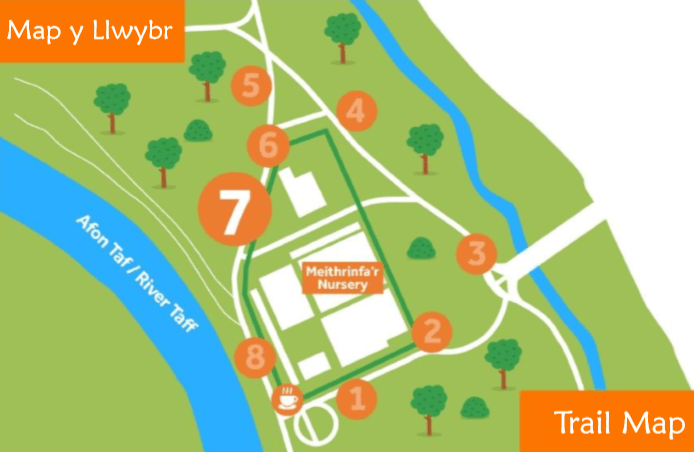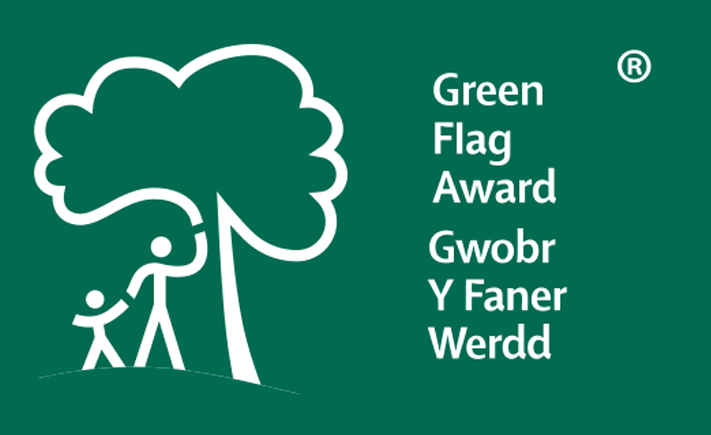Trivia
Which one of these is not a moth?
You are correct.
Well done!
Hmmm... that's not right.
Why are moths important?
As well as being pollinators, moths play a vital in the food chain.
They’re relied on by birds, spiders, bats, amphibians and hedgehogs.
Their declining numbers – down by 40% in the south of the UK – is alarming and is having an impact on other species.
Butterflies and moths are closely related and some moths are as large and colourful as butterflies, making it difficult to tell them apart.

A quick way to tell the difference is to look at their antennae: butterflies have clubbed antennae (bulbous at the tips) whereas moths, with the exception of the burnets, do not.
Moths are also far more numerous than butterflies; compare the 59 species of butterflies breeding in Britain with some 900 species of large moths (known as macro-moths) and a further 1,550 or so species of micro-moths.
Many moths have no mouths and do not eat. They live for a week, during which they mate and lay eggs.
Moths navigate using the moon. This means they also are attracted to man-made lights, which cause them to get lost.









